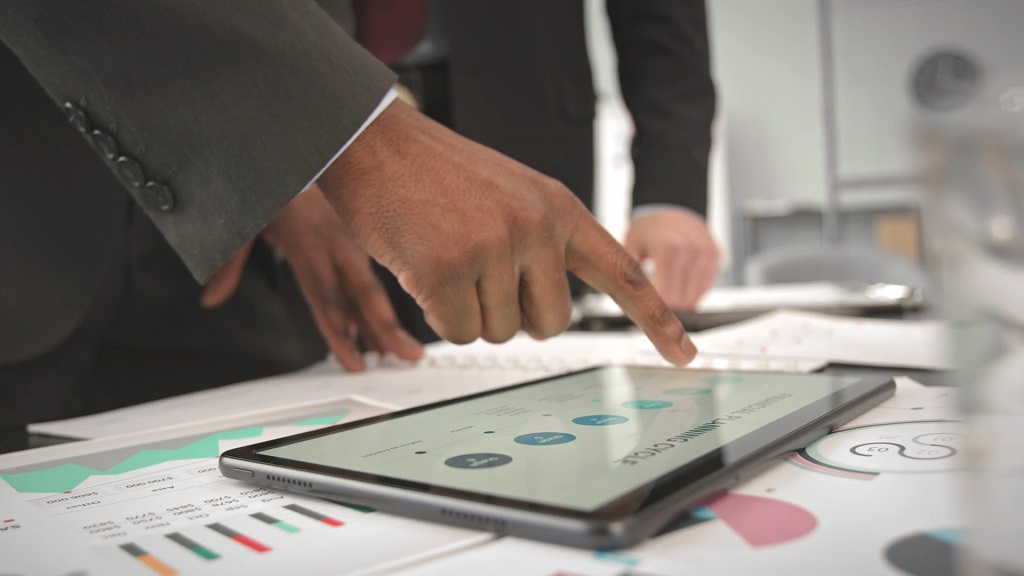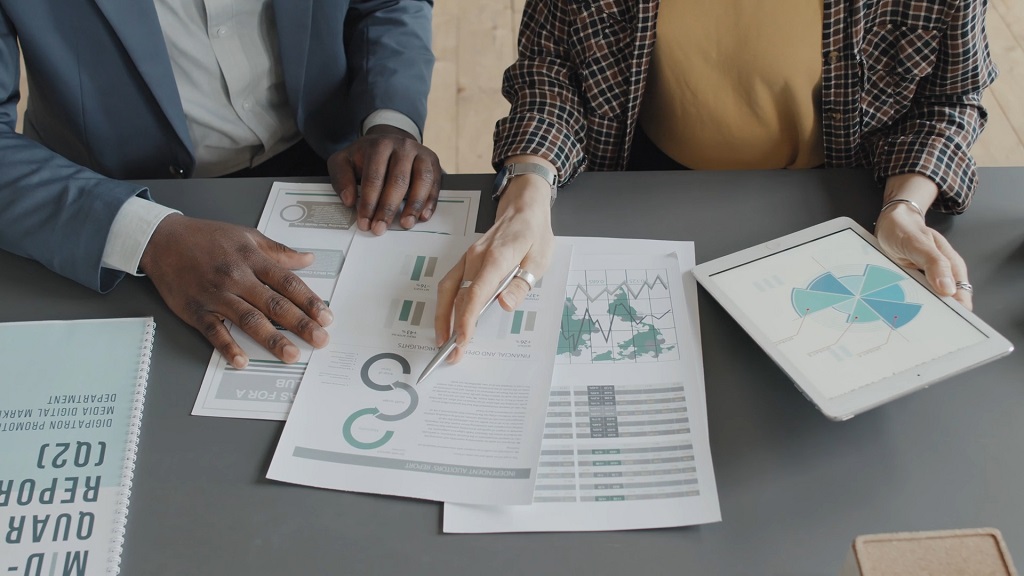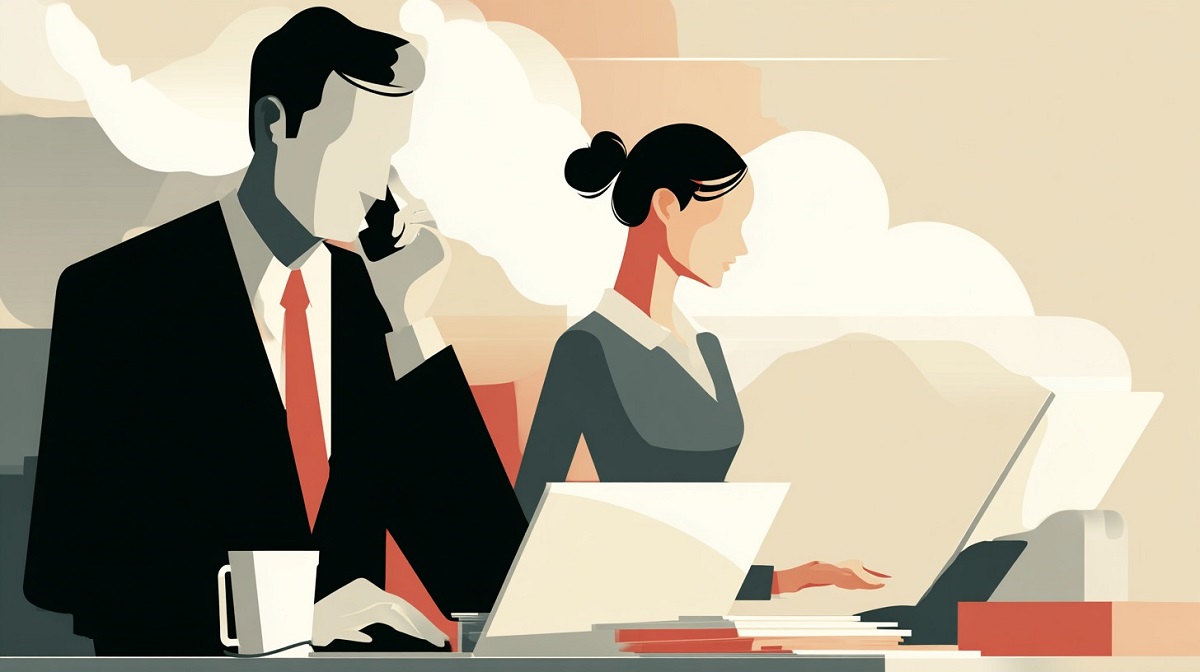Acquiring new B2B clients is getting harder and more expensive. In 2025, smart companies are doubling down on client retention.
It costs up to seven times more to acquire a new client than to retain an existing one. Retained clients spend more, stay longer, and generate more referrals. A 5% boost in retention can increase profits by up to 95%.
But retention takes more than a follow-up email. It demands strategy, personalization, and automation.
This article covers proven client retention tactics that work in B2B today. Designed for 2025. Built to reduce churn and increase lifetime value.
Build Emotional Loyalty Through Purpose-Driven Positioning

Price and features aren’t enough to keep B2B clients loyal in 2025. What sets lasting partnerships apart is shared purpose.
Why This Matters in B2B
B2B buyers are increasingly values-driven. In fact, 73% of B2B decision-makers say they’re more likely to stay loyal to brands that align with their own mission and ethics.
When clients believe in what your brand stands for (sustainability, DEI, ethical sourcing) they see you as a long-term partner, not just a vendor.
Examples in Action
- Tech firms that align their cloud services with sustainability goals.
- Consulting agencies that offer DEI certifications for enterprise clients.
- Language service providers that support cross-cultural inclusion for global teams.
For B2B companies expanding internationally, incorporating professional language services ensures that onboarding, support, and training materials are clear, inclusive, and culturally aligned—critical for retaining clients in multilingual markets.
Quick Wins
- Showcase your ESG or impact metrics on proposals and landing pages.
- Align content strategy with your core values such as blog posts, webinars, case studies.
- Feature purpose in client success stories and pitch decks.
Use Predictive AI to Prevent B2B Client Churn
Churn doesn’t happen overnight. In B2B, it’s a slow fade such as dropped meetings, delayed responses, reduced platform usage. The key is spotting it early.
That’s where predictive AI becomes essential. It analyzes historical patterns and real-time behavior to flag at-risk accounts before they disappear.
Why It Works
AI-driven systems surface churn signals that humans miss:
- Sudden drop in feature usage
- Increased support tickets
- Slower invoice payments
- Decline in content engagement
Instead of reacting to cancellations, you proactively step in with value.
What Leading B2B Brands Are Doing
- SaaS platforms use AI to trigger custom re-engagement campaigns when usage dips.
- Professional services firms monitor client health scores and schedule outreach automatically when scores fall.
- Subscription-based platforms send account managers alerts when predictive churn thresholds are reached.
Action Steps
- Use tools like Gainsight, HubSpot, or Salesforce Einstein to track engagement metrics and risk scores.
- Build automated journeys for “high risk” accounts include check-ins, value reminders, or product training offers.
- Combine AI insights with human touch: enable sales or success teams to intervene with precision.
Deliver a Seamless Experience Across Every Touchpoint

In B2B, fragmented experiences kill trust. Your client portal may work flawlessly, but if billing, onboarding, or support feels disconnected, loyalty drops fast.
Consistency across channels isn’t a luxury, it’s the baseline. B2B buyers expect every touchpoint to feel like part of one unified journey.
Why It Matters
B2B clients engage through multiple entry points: account managers, web portals, email, partner integrations, and more. Each channel is a moment of truth.
If a client has to repeat context across departments, the experience breaks down. And they remember that at renewal time.
What Seamless Looks Like in B2B
- Procurement teams can view invoices and usage history in the same dashboard they use for support requests.
- Sales and customer success operate on shared CRM notes, avoiding misalignment and repetition.
- Webinars, email, and in-app messages are synced based on lifecycle stage, not random blasts.
When clients move from email to portal to support to renewal, they shouldn’t notice a difference. That’s retention by design.Execution Tips
Educate Clients Continuously—Not Just at Onboarding
Onboarding is just the beginning. In B2B, real retention happens when clients evolve with your product, not just use it.
Your buyers need to grow smarter, faster, and more confident using your solution over time. That requires ongoing education.
Why This Works
Companies that invest in post-onboarding education see higher feature adoption, fewer support tickets, and increased upsell potential. Education builds trust and positions you as a long-term partner, not a vendor.
B2B clients want to be taught, not sold to.
Client Enablement Roadmap
| Lifecycle Stage | Education Format | Purpose | Tools to Use |
| Week 1 | Live onboarding or recorded walkthroughs | Setup and activation | Loom, Zoom, UserGuiding |
| Month 1 | Workflow tips, email courses, knowledge base | Daily use mastery | Intercom, Notion, HelpDocs |
| Quarterly | Webinars, case studies, product updates | Expand product use | Demio, HubSpot |
| Ongoing | Certification programs, ROI calculators | Client success validation | LearnWorlds, Typeform |
Client education isn’t just support, it’s retention as a service.Pro Tips
Design High-Value Loyalty Programs for Key Accounts
B2B loyalty is driven by outcomes and recognition. Long-term clients expect tailored value, not generic perks. A loyalty program must reinforce their decision to stay and grow with your solution.
What Loyalty Means in B2B
In consumer settings, points and coupons dominate. In B2B, loyalty means early access, strategic support, and account-level privileges. The goal is to reward longevity with real business advantages.
Examples of B2B Loyalty Tactics
| Loyalty Feature | Benefit to Client | Impact on Retention |
| Dedicated success manager | Faster resolution and custom planning | Increased renewal likelihood |
| Beta access to new features | Competitive edge and influence | Higher product engagement |
| Performance-based incentives | Cost reductions tied to usage or milestones | Motivates continued growth |
| Invite-only roundtables or events | Peer insights and executive visibility | Strengthens strategic alignment |
Loyalty programs in B2B must feel earned and business-driven. When clients see rewards tied to success, they invest more in the partnership. Personalization is no longer a differentiator. It is a baseline expectation. B2B clients want content, outreach, and support tailored to their specific use case, role, and buying stage. Manual personalization doesn’t scale. You need systems that turn behavioral signals into automated, relevant actions. B2B sales cycles are long and involve multiple stakeholders. A well-timed product tip, usage insight, or renewal incentive can re-engage decision-makers and reduce churn risk. Clients notice when interactions feel thoughtful and contextual. They also notice when they are generic. B2B personalization must feel strategic and data-informed. It is how you stay relevant in every stage of the client lifecycle. B2B clients trust peers more than marketing. A well-managed community creates space for shared insights, real-world use cases, and informal support. This builds loyalty rooted in experience, not sales collateral. Community reduces support load. It also strengthens relationships across your user base. Clients who feel part of something stay longer and engage more. The goal is not to create a social platform. The goal is to build a space where clients teach each other how to win with your product. Support is not a back-end function. In B2B, it is one of the most visible parts of the client experience. Poor support erodes trust. Fast, clear, and proactive support strengthens retention. Most B2B churn stems from unresolved friction. When support systems are reactive, clients leave. When they are structured and responsive, clients stay and grow. Support should not end with a ticket closed. It should trigger insights that improve the product, guide account management, and increase retention. Retention is not a once-a-year review. It requires active monitoring and quarterly action. Most B2B organizations collect data but do not operationalize it. That’s a missed opportunity. You need a rhythm of measurement, review, and response. Retention improves when insights drive action. Review your signals often. Act before clients disengage. Retention is not a one-time effort. It requires clear systems, consistent value, and proactive engagement. Each tactic in this guide supports long-term client success. Together, they reduce churn, increase renewals, and grow account value. Clients stay when the experience stays relevant. Build around that, and your bottom line will follow.Implementation Tactics
Scale Hyper-Personalization With CRM and Behavioral Data
Why It Works in B2B
How Leading B2B Teams Do It
Data Source
What You Can Trigger
Value Created
CRM fields (industry, role, renewal date)
Role-specific emails or pre-renewal sequences
Improved timing and targeting
Product usage data
Contextual feature tutorials or check-ins
Increased adoption
Email and content engagement
Follow-ups based on viewed content
Higher relevance and lead quality
Support history
Automated satisfaction surveys
Preempts dissatisfaction or churn
Execution Plan
Foster Community-Led Advocacy and Peer Engagement

What Community Looks Like in B2B
Community Type
Use Case
Retention Impact
User councils or executive roundtables
Strategic roadmap feedback
Clients feel heard and influential
Private LinkedIn or Slack groups
Peer exchange and informal support
Peer validation builds loyalty
Public forums or resource hubs
Knowledge sharing and documentation
Reduces ticket volume and boosts confidence
Virtual client showcases or AMAs
Real case studies, direct Q&A with your team
Encourages deeper product usage
How to Build It
Turn Support Into a Strategic Retention Asset
What Strategic Support Looks Like
Support Feature
Use Case
Retention Outcome
Tiered SLAs by account type
High-priority routing for top clients
Preserves strategic relationships
Proactive alerts and outreach
Flag issues before escalation
Reduces churn risk
In-app help and self-service tools
Clients resolve problems quickly
Lowers frustration and ticket volume
Integrated support and CRM
Context-aware responses across teams
Avoids repeated explanations
Optimization Checklist
Measure and Act on Retention Signals Quarterly

Retention Signals to Track
Metric
What It Tells You
Action to Take
Client Health Score
Overall engagement and risk
Prioritize outreach or custom success plans
Net Promoter Score (NPS)
Satisfaction and advocacy potential
Follow up with detractors immediately
Churn Rate
Contract loss over time
Identify patterns by industry or use case
Feature Adoption
Usage of key product capabilities
Offer training or content support
Support Volume & Type
Friction in client experience
Optimize self-service and fix blockers
Action Framework
Retention Drives Profit

